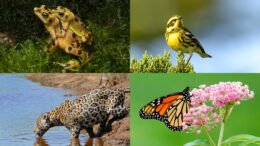From cats with spots to sharks with short fins, The Revelator covered some amazing animals in 2021 — including a few that are no longer with us and many more that people are determined to save.
Here you’ll find 12 of the species that struck us as we looked back at the year that was. They represent Earth’s incredible diversity, the harm the Anthropocene has done them, and the protective measures that could help them — and potentially us — to survive.
January: Monarch Butterfly
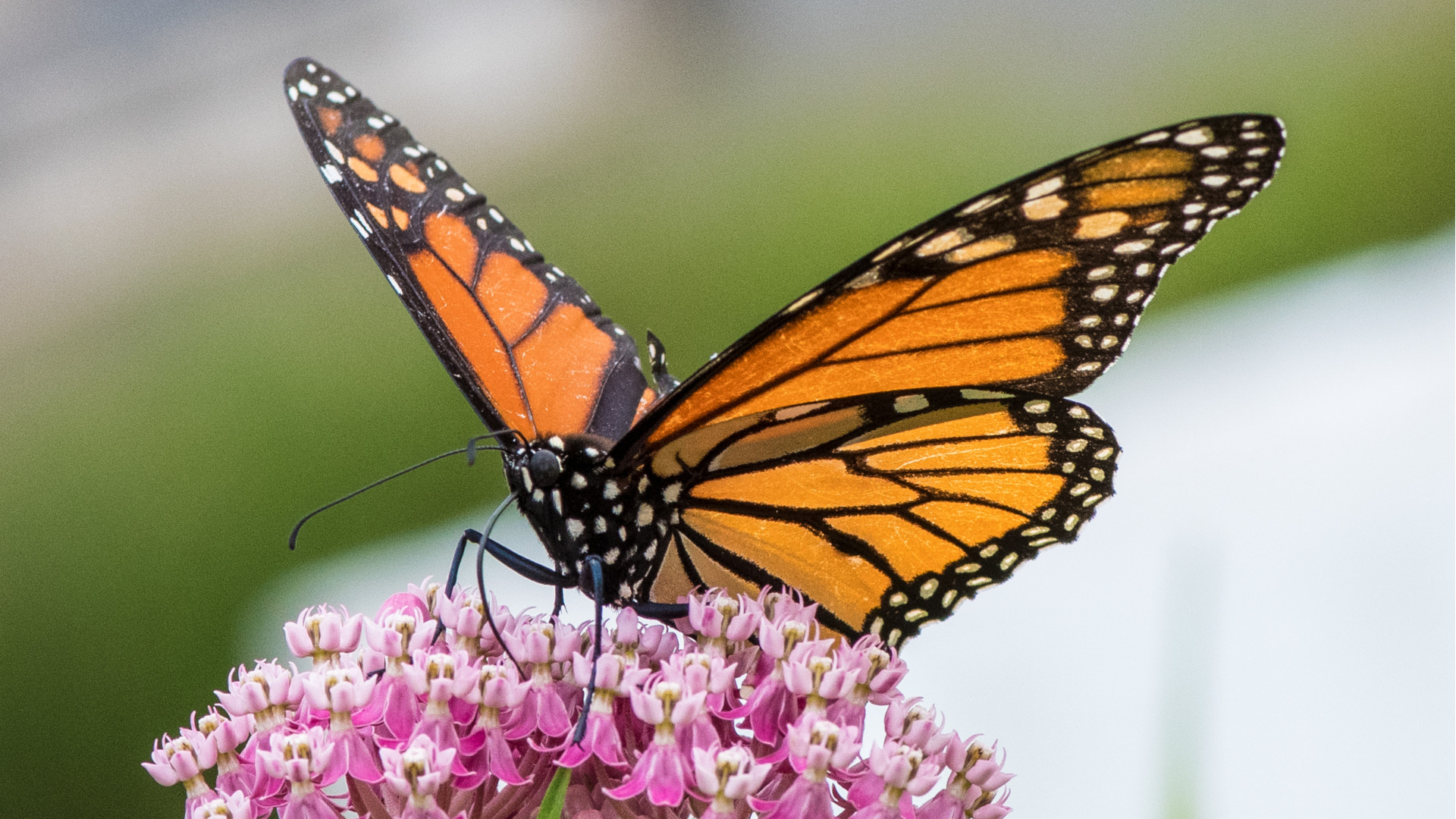
One of North America’s most iconic species has had a few rough years, but we continue to learn more about how to (we hope) save them.
February: Townsend’s Warbler
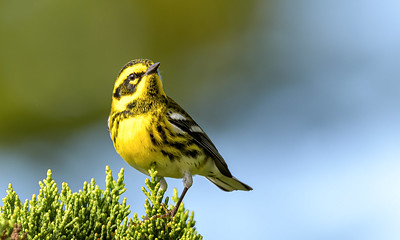
This beautiful bird represents the need to revisit the way we identify species and places as one element of healing the scars of colonialism.
March: Straw-Headed Bulbul
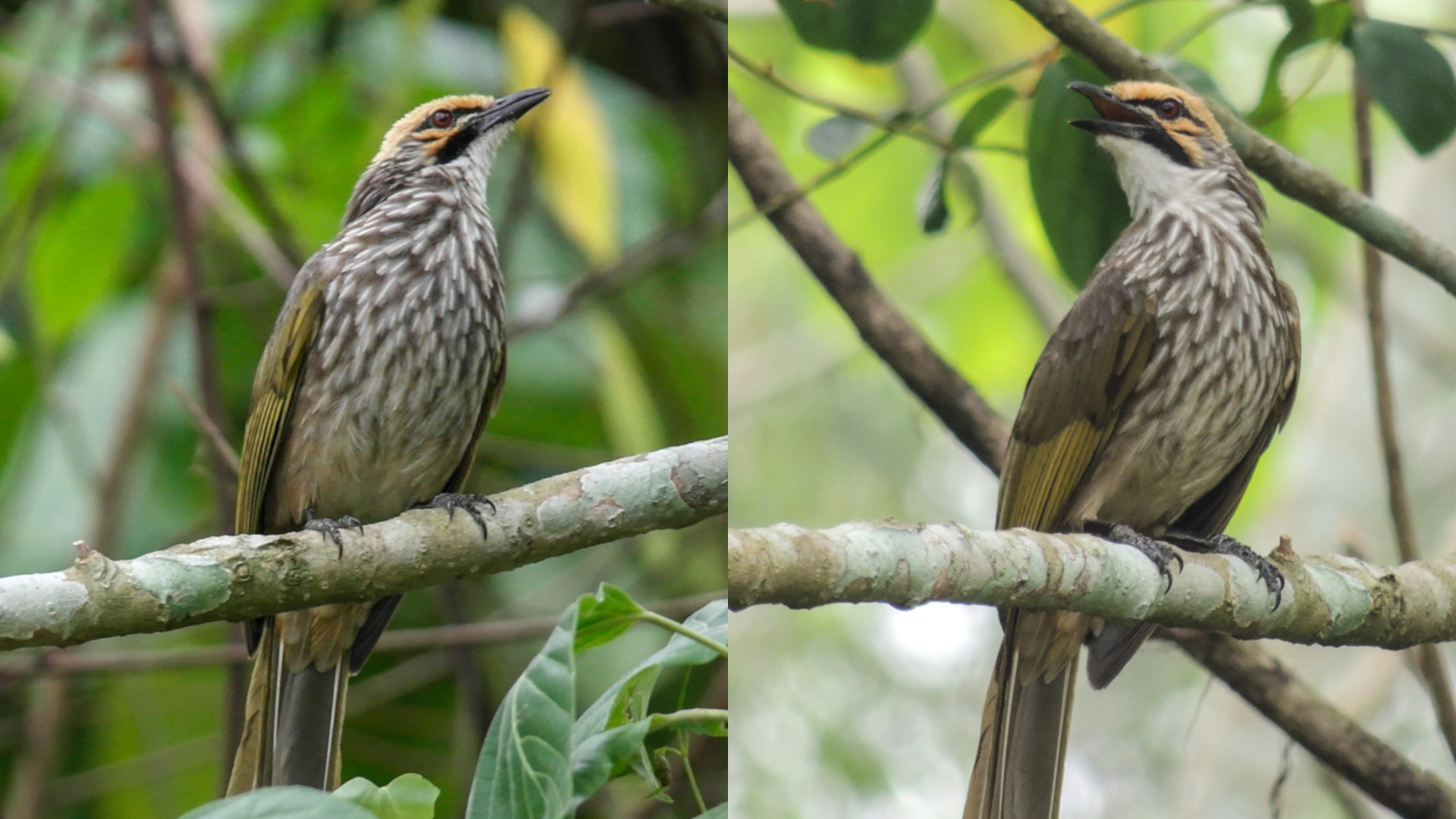
Sometimes humans take something they consider beautiful and … well … ruin it.
April: Horseshoe Crab
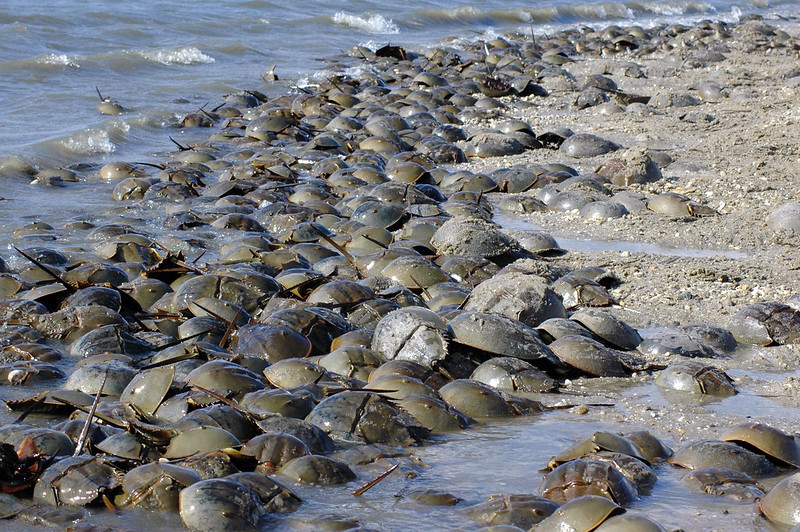
The surprising impacts a pandemic can have on wild species.
May: Gibraltar Funnel-Web Spider
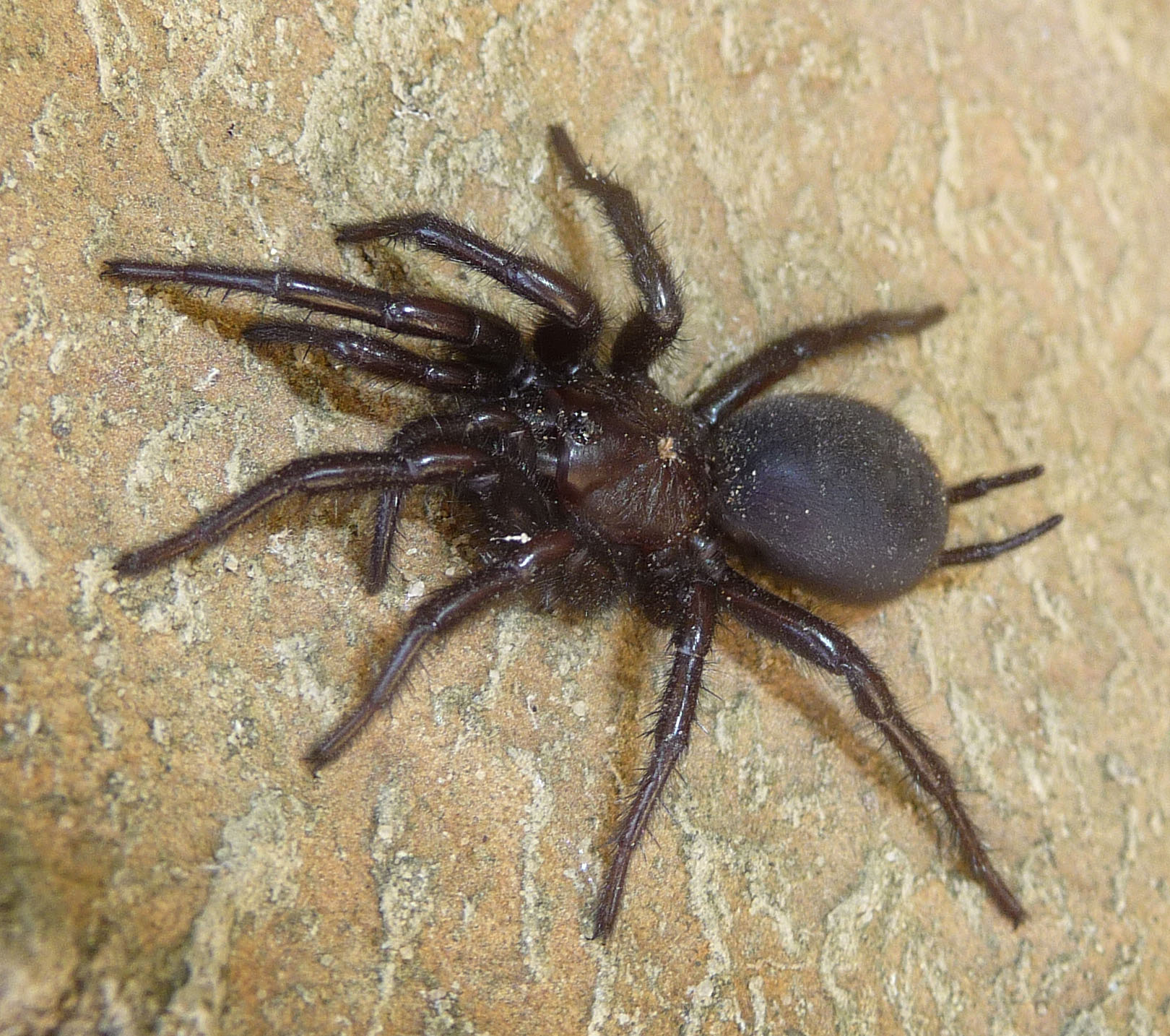
Just one of the many arachnids conservation efforts all too often overlook.
June: Buffy-Headed Marmoset
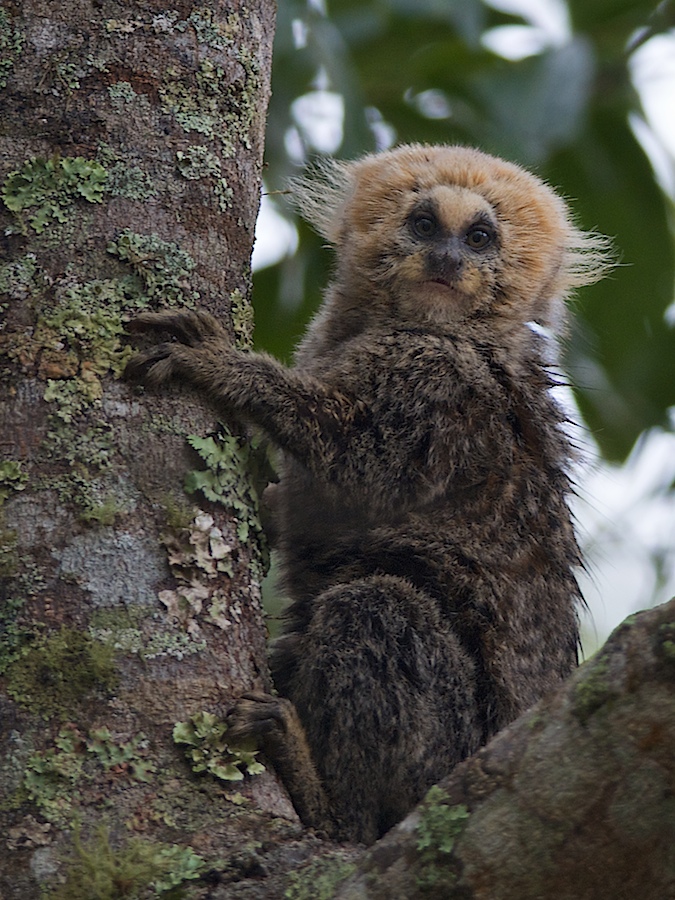
Quite possibly the cutest critter we profiled this past year, and one — like so many others — facing threats on multiple fronts.
July: Panamanian Golden Frog
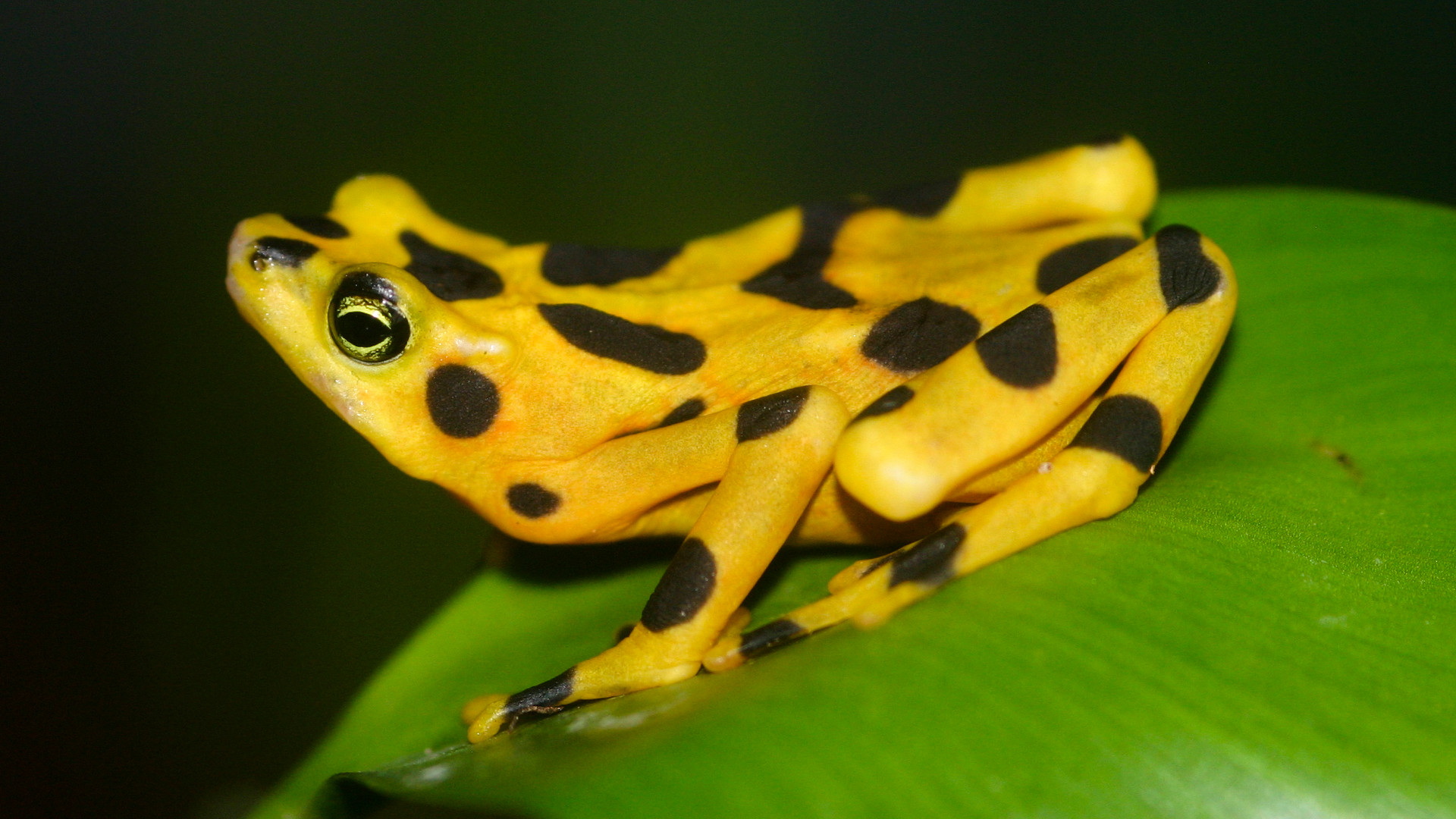
This amphibian probably no longer exists in the wild, but its effect on human culture remains.
August: Marbled Murrelet
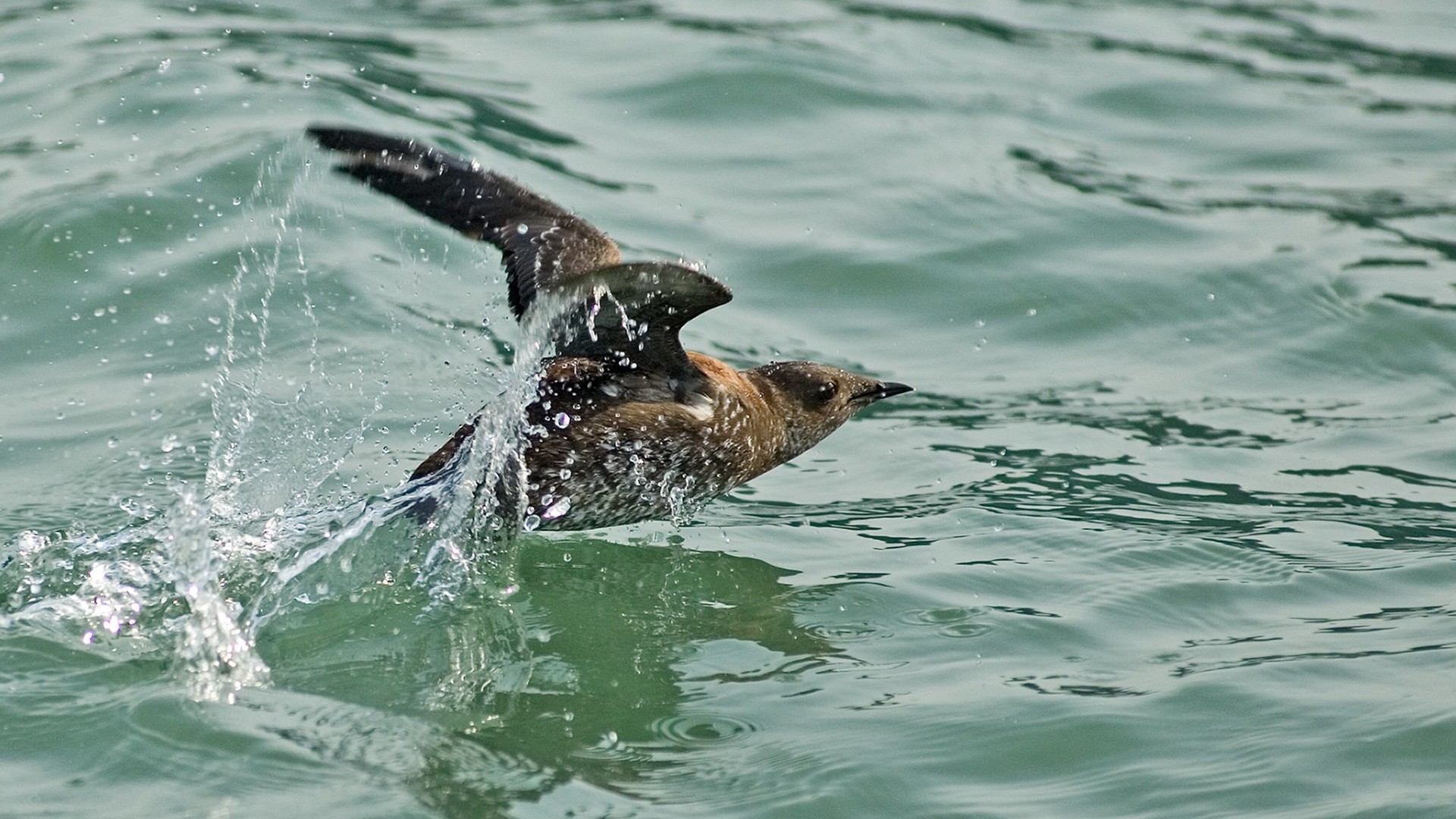
The “bird of two worlds” may benefit from research on land and at sea and represents the complex challenges of conservation.
September: Sunda Clouded Leopard
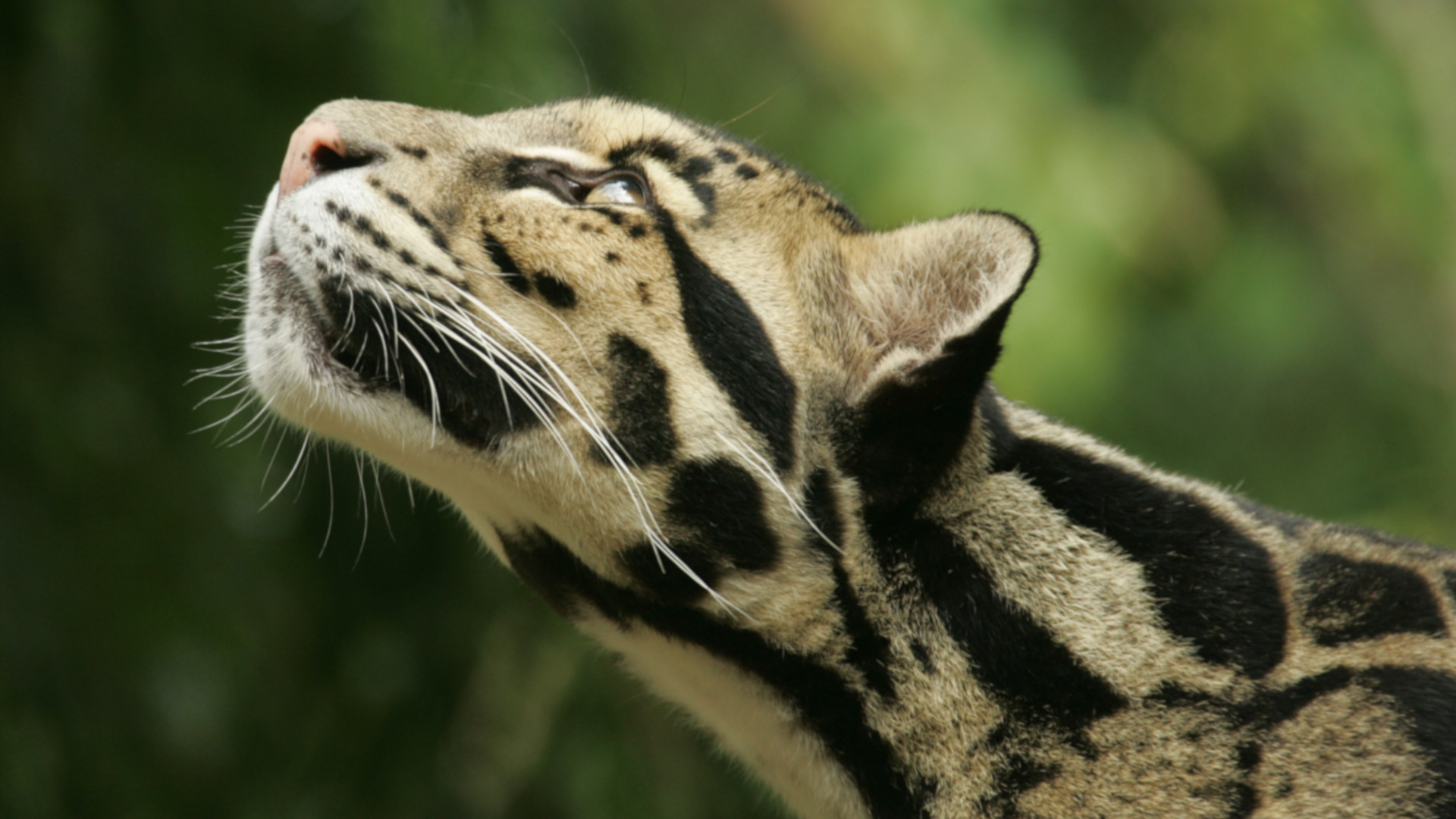
A small cat with a big personality, a few major threats and several growing conservation programs.
October: Flat Pigtoe Mussel
One of 23 species that may soon lose their protection under the Endangered Species Act — because they’ve probably gone extinct. Their disappearance serves as a reminder of the extinction crisis taking out freshwater mussels, birds and other species around the world, as well as a clarion call to protect what remains.
November: Jaguar
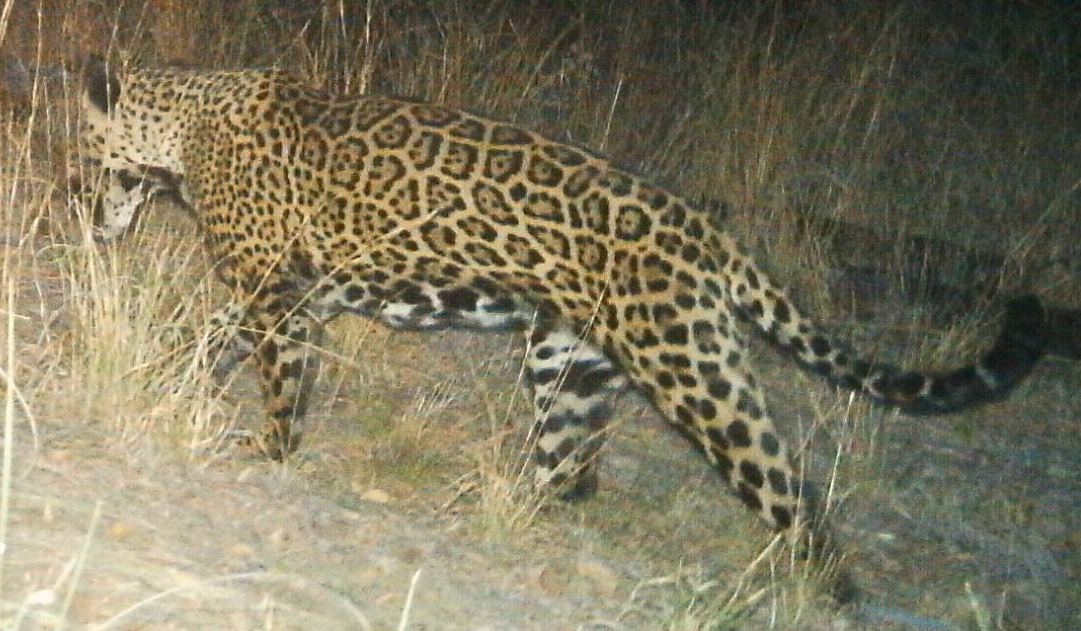
Life persists: This is one of three large carnivores, along with wolves and mountain lions, slowly returning to their native habitats in the United States, decades after their near eradication.
December: Shortfin Mako Shark
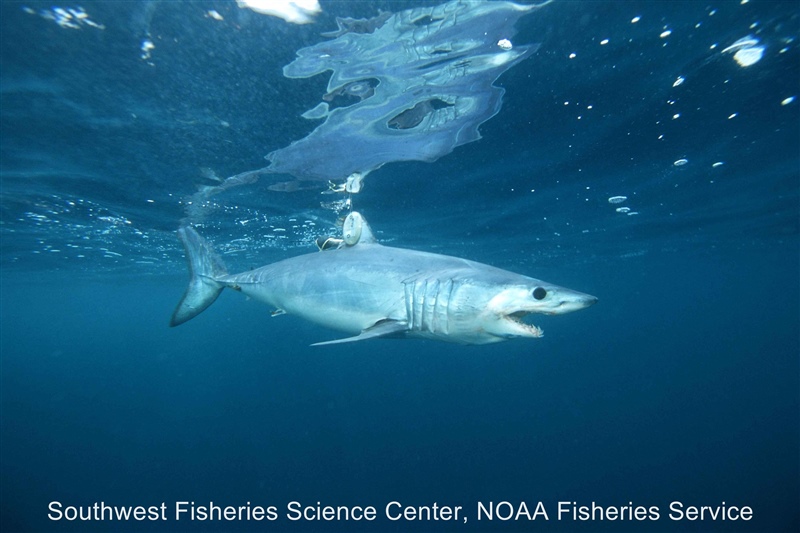
One of the world’s most rapidly declining shark species — which won an important (if temporary) conservation victory in the last weeks of the year.

